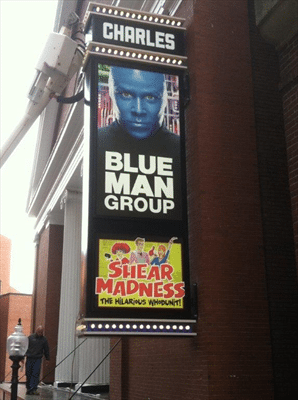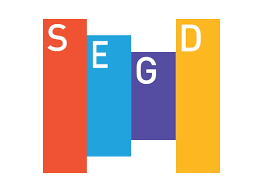Fascinating Details You May Not Know About Blade Signage
Exterior Signage, Others, Sign Design, Signage TipsDrive or walk along a commercial thoroughfare and you’ll notice that most of the signs – mounted flush on the fronts of the buildings – are extremely difficult to see from anywhere but directly in front of each shop.
That’s not good for business.
To improve visibility in these situations, one of the best technologies the signage industry has developed is the so-called “blade” sign.
The name describes any sign that extends directly out from the surface of a structure – usually perpendicular to a building’s wall – and thereby presents its full face to all the traffic moving along the side of the building (see accompanying photo). Under most conditions, blade signs can be two-sided, effectively attracting attention from people moving in both directions.
Blade signs carry a message, of course, and the sign itself serves as a physical marker of where a business is located and when visitors are close enough to start looking for an entrance.
Because there are varied enough brackets and other mounting options to let them appear to “float” beside a building’s wall, blade signs can be fabricated in an almost limitless range of shapes, sizes, colors, and designs, including three-dimensionality. They can be illuminated or not, and fabricated with or without physical cutouts in the design. They can also be made from a great many materials, and can use extremely imaginative ways of incorporating your business’s name, logo, and sales message
Blade signs are so flexible and powerful that the City of Palm Springs, California, began in December, 2008, to identify officially-recognized neighborhoods with standardized blade signs attached to conventional street signs. These blade signs – which are allowed to use colors, lettering, logos and designs chosen (and paid for) by each neighborhood – are intended to foster pride of place and a sense of belonging.
So far, blade signs created within this city-wide program designate almost two dozen of the historic neighborhoods in Palm Springs.
In Austin, Texas, the century-old Paramount Theatre has launched a fundraising campaign to restore a blade sign dating from the 1930s, but unfortunately dismantled about fifty years ago. A big problem for the restoration experts on this project is that all the photos showing the old blade sign are in black and white, leaving the original colors of the blade sign a bit enigmatic. Nevertheless, the theater owners plan a gala re-opening for October, 2015, to showcase the old blade sign in its updated reincarnation.
In San Diego, California, the landmark Spreckels Theatre has recently completed a restoration of an even older blade sign, this one dating back to 1912. That first version – representing early blade sign technology – was essentially a simple wrought iron framework suspended by standard iron chains. Twenty-five years later, the sign was updated to a more modern, upright, solid “blade” painted aqua blue and accented by white waves of neon light that illuminated sequentially across the body of the blade. The updated version will include re-engineered electronics, as well as restoration to that early blade’s colors and shape.
Clearly, blade signs have established for themselves – and they continue to earn – a central place in the hearts of sign lovers, and sign makers, all across the nation.
If you’ve seen any blade signs you love, or would like us to create one for you, please give us a call to talk about it at 978-401-9270.

